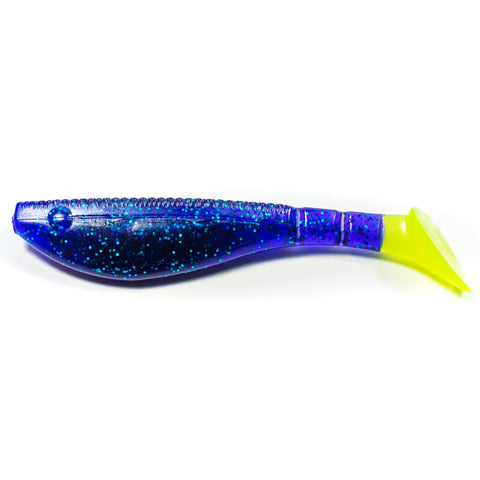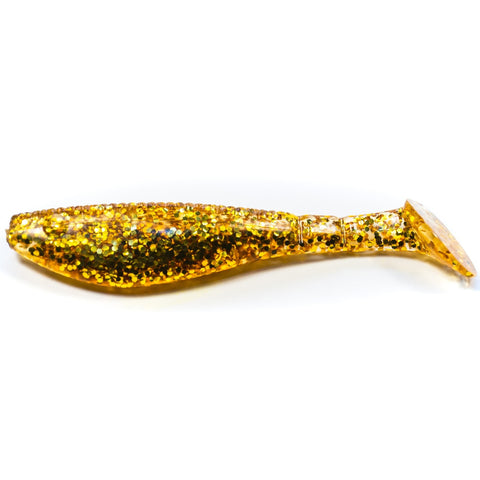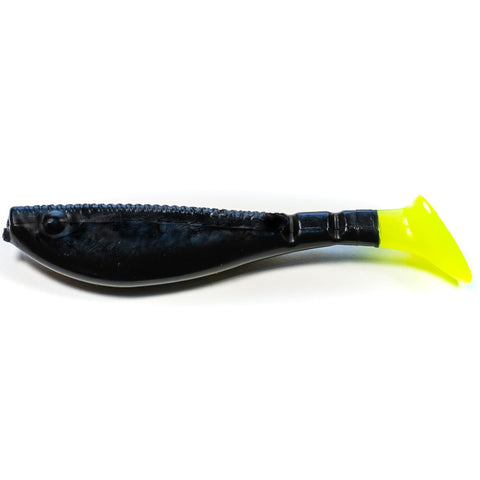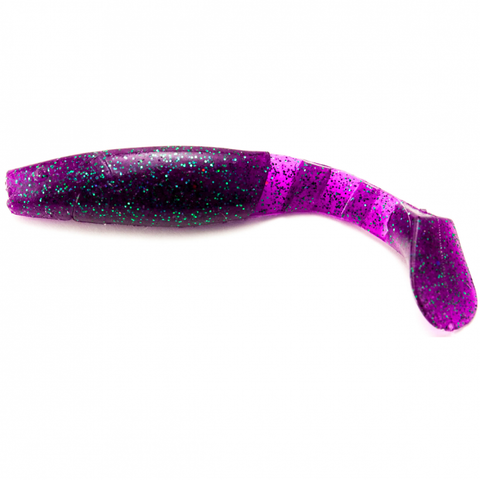
Why Do Redfish Have Spots?
Fish, as well as all other taxa, are given two types of names: a scientific name, which is derived from the Latin or Greek language, and an official common name given by scientific entities in order to standardize public usage, although, most of the time, the scientifically accepted common name is the least familiar amongst anglers. The scientifically accepted common name of the fish in this article is the red drum, although South Carolinians and Georgians refer to it as spot-tail bass, while North Carolinians refer to it as channel bass, and any state associated with the Gulf of Mexico region refers to it as redfish. The scientific name of red drum is Sciaenops ocellatus. The word Sciaenops is derived from the Greek words skiaina + ops, which translates to red mullet appearance, while ocellatus can be traced back to the Latin word for spotted, or in the case of the distinctive spot located on the tail of red drum, eyelike spot.
Why the Spot?
Biologists believe redfish develop black spots, usually one on each side of the tail, as an antipredator mechanism. The reason behind this antipredator mechanism is either to intimidate the predator or to fool a potential predator into striking the tail, thinking the black spot is an eye, as opposed to the head, for it is much easier to escape and heal from a tail wound that from a head wound.
Predatory fishes typically attack prey near the head, thus increasing the chances of administering a fatal blow, not to mention, the orientation of the fins make it particularly difficult for a fish to be swallowed starting from the tail. So, the head is the ideal place to launch an attack. In the case of redfish spots, the pseudo-eye of the tail spot decreases the chances that a predator can administer a fatal blow to the head, by confusing the predator into thinking the tail is actually the head. Although the typical red drum has but only one spot on either side of the tail, rare individuals have multiple or even countless spots along the entire body of the fish. Imagine what a predator would think of that!
Although most redfish spots are distinct and independent of one another, variations in spot shape, size, and connectivity can lead to unique shapes, signs, or even letters! Although multi-spot redfish are a rarity, still more rare are the reds born with no spots.
Some biologist theorize that redfish spots and numbers range based on certain environmental factors such as salinity or geographical location. Some, however, believe it is as simple as random genetic selection, with no real dependence on environmental factors such as the aforementioned.
Support a 100% MADE-IN-USA company!
Thanks for reading! If you enjoyed the read, subscribe to our newsletter. Be sure to check out our shop, and don’t forget to follow us on Facebook here (Boca Chica Bait Company), Instagram here (@bocachicabaits), and Twitter here (@bocachicabaits).
Thanks for reading and tight lines,
Taylor – Founder of Boca Chica Baits




